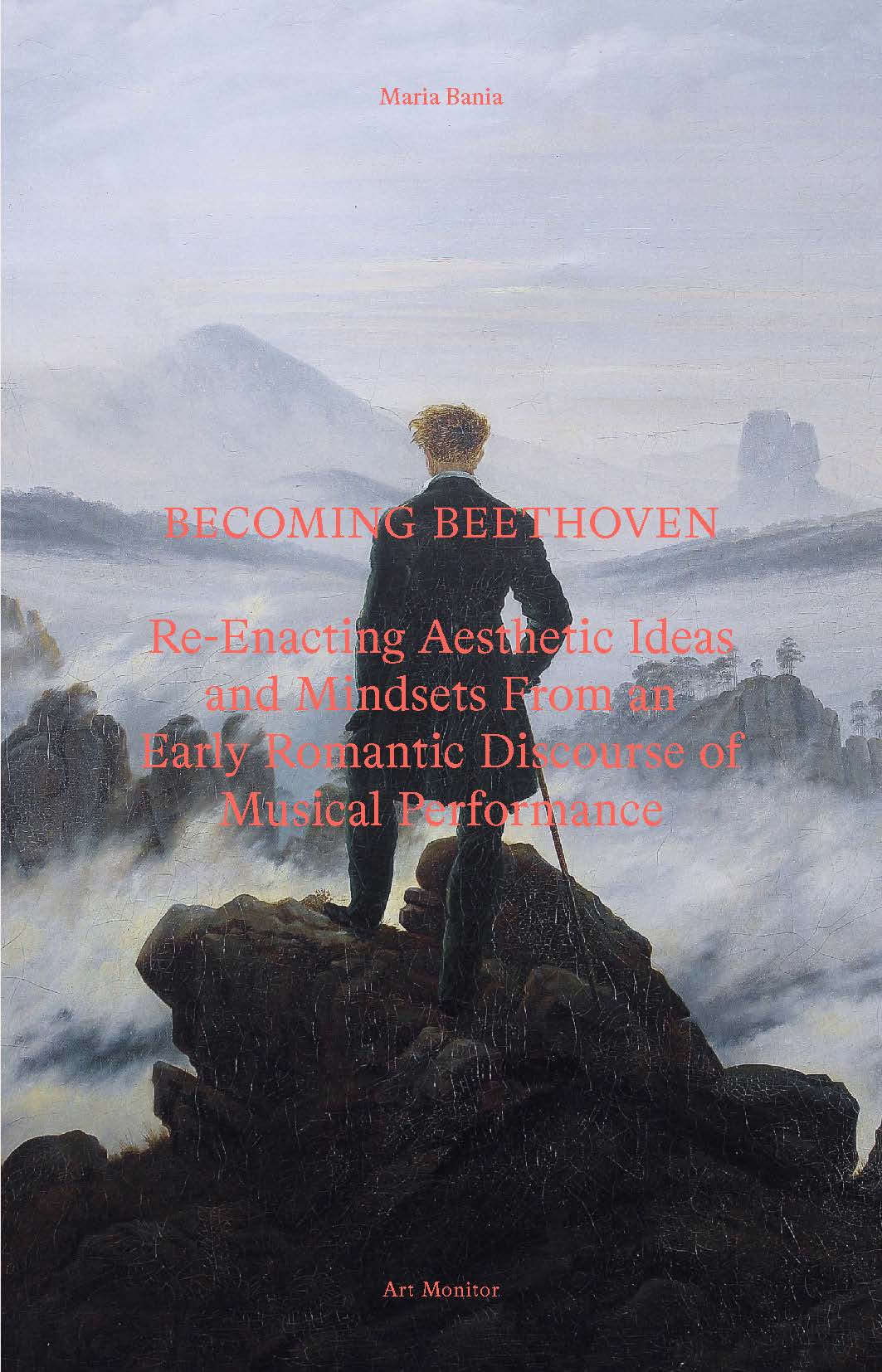Expressivity in musical performance has sparked increasing research interest over the last decades. Still, a musical performance is not always recognized as the complex, multi-sensorial and interactive artistic act it is.
Musical performers often use metaphors as expressive tools, some of which derive from early nineteenth-century aesthetics. But the early Romantic performance discourse also includes metaphors and prompts that are not commonly used today, but might nevertheless prove helpful in creating an expressive performance. This book explores French and German early Romantic music aesthetics from the perspective of the performer, and shows how ideas and mindsets found in early nineteenth-century discourse can be used for creating expressive performances.
As signalled by the often non-systematic and non-dialectical, magnificent language of the early Romantics, an ideal musical performance was conceived as a magical, ecstatic event, where value corresponded to affective engagement and the music’s ineffability and indefinability. A performance was attributed with the potential to create an experience of synthesis between the real and the ideal, the material and the spiritual, as well as between the actors involved: the performers, listeners, composers, the sounding music and musical instruments. Music was said to be able to give access to another, supernatural world of the unfathomable. The performers wished to enchant and move the listeners, to make them respond sympathetically to their feelings. The listener’s reactions in turn could inspire the performers, create thrilling and wondrous effects in their hearts.
To transport oneself outside of one’s own self and sympathetically identify with somebody else, was a common way of thinking about relations in early Romanticism. For a performer, engaging in the ineffable and unutterable, constantly changing sentiments of the music requires both an inward orientation, and an act of sympathy. According to the early Romantic performance discourse, music incorporates the composer’s inner feelings and ideas, and the performer who sympathetically resonates with the music can identify with the composer’s self. This idea of self-transformation involves the performer’s imagination, memories, and experiences. It further supports a feeling of shared geniality and creativity, and of extended self-expression and authority.
The book includes two video recordings of chamber music by Franz Schubert and Ludwig van Beethoven, performed by Karin Berggren (violin), Magnus Pehrsson (viola), and Frida Bromander (cello), where ideas and mindsets from the early Romantic aesthetics are re-enacted by both musicians and listeners, and where the listener’s real-time thoughts and feelings are visualized. Maria Bania is a flute player and Professor of Musical Performance and Interpretation at the Academy of Music and Drama at the University of Gothenburg.


